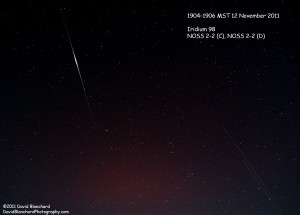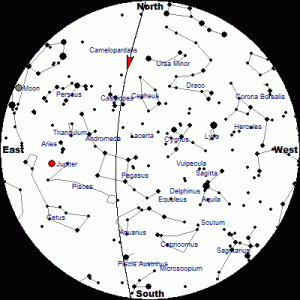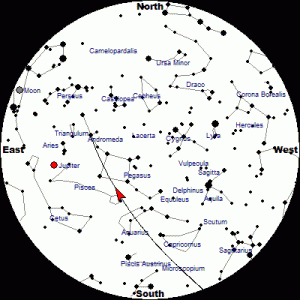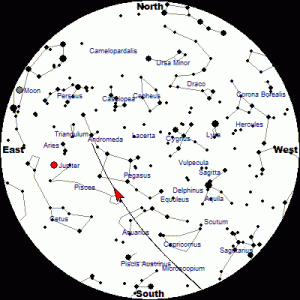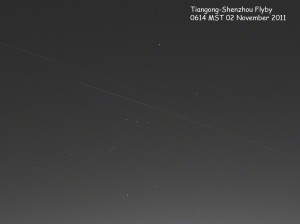Not too far from the high altitudes and colder temperatures of Flagstaff lies the northern edge of the Sonoran Desert. A short drive of just 90 minutes will place you in the desert with Saguaro and other cacti. Here one can enjoy the winter months as the temperatures are much warmer than those found in northern Arizona and dry days vastly outnumber wet days.
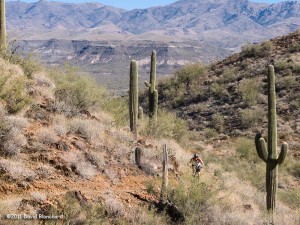
We had been planning on a mountain bike ride on the Black Canyon Trail once the desert temperatures cooled. With light winds, mild temperatures, and clear skies expected this week it was time to visit the BCT. Since this trail is approximately 78 miles long we had to choose which section we would ride. We selected the Black Canyon City trailhead and rode the Horseshoe Bend segment, the Skyline segment, and portions of the Cheapshot segment before running out of time and returning the way we came.
This is desert riding and cactus will reach out and puncture your tires if you aren’t careful. Apparently, I was not careful but at least I didn’t notice I was losing air until the ride was over. Upon inspection of the tube I found half a dozen punctures. Ouch!

The descent down to the Agua Fria River is one of the highlights of this segment and the river and canyon are quite spectacular. Luckily there was only a very light flow of water in the river. After winter storms there could be substantial water flowing through here making the crossing difficult. But not today.
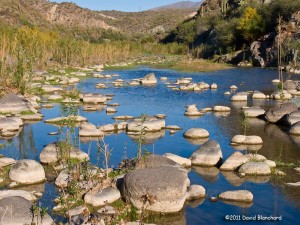
By and large, the tread on this section of BCT is smooth and is beginner difficulty. On the other hand, there is substantial exposure where a fall could be painful resulting in an overall rating of intermediate for these sections. Riding along with the edge only a foot or two away from your wheel gives one strong motivation to ride a careful line.
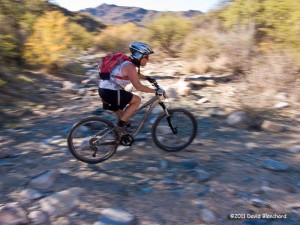
I suppose we could have ridden harder and faster and covered more territory in the time that we had. On the other hand, it’s more the journey than the destination so we took our time to enjoy the beautiful hills, pleasant weather, and very high quality mountain bike track.
